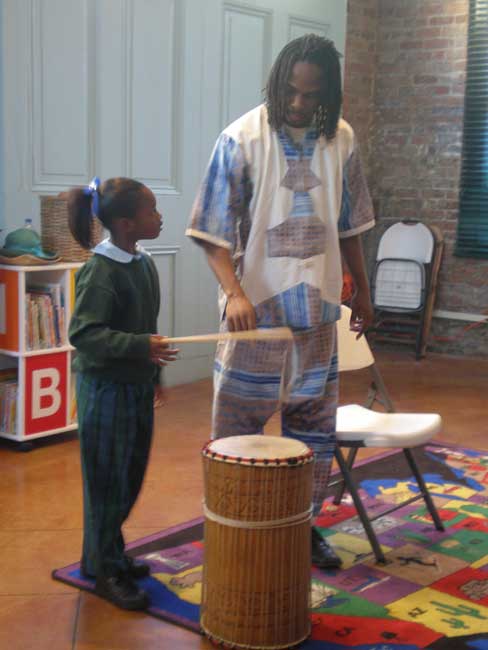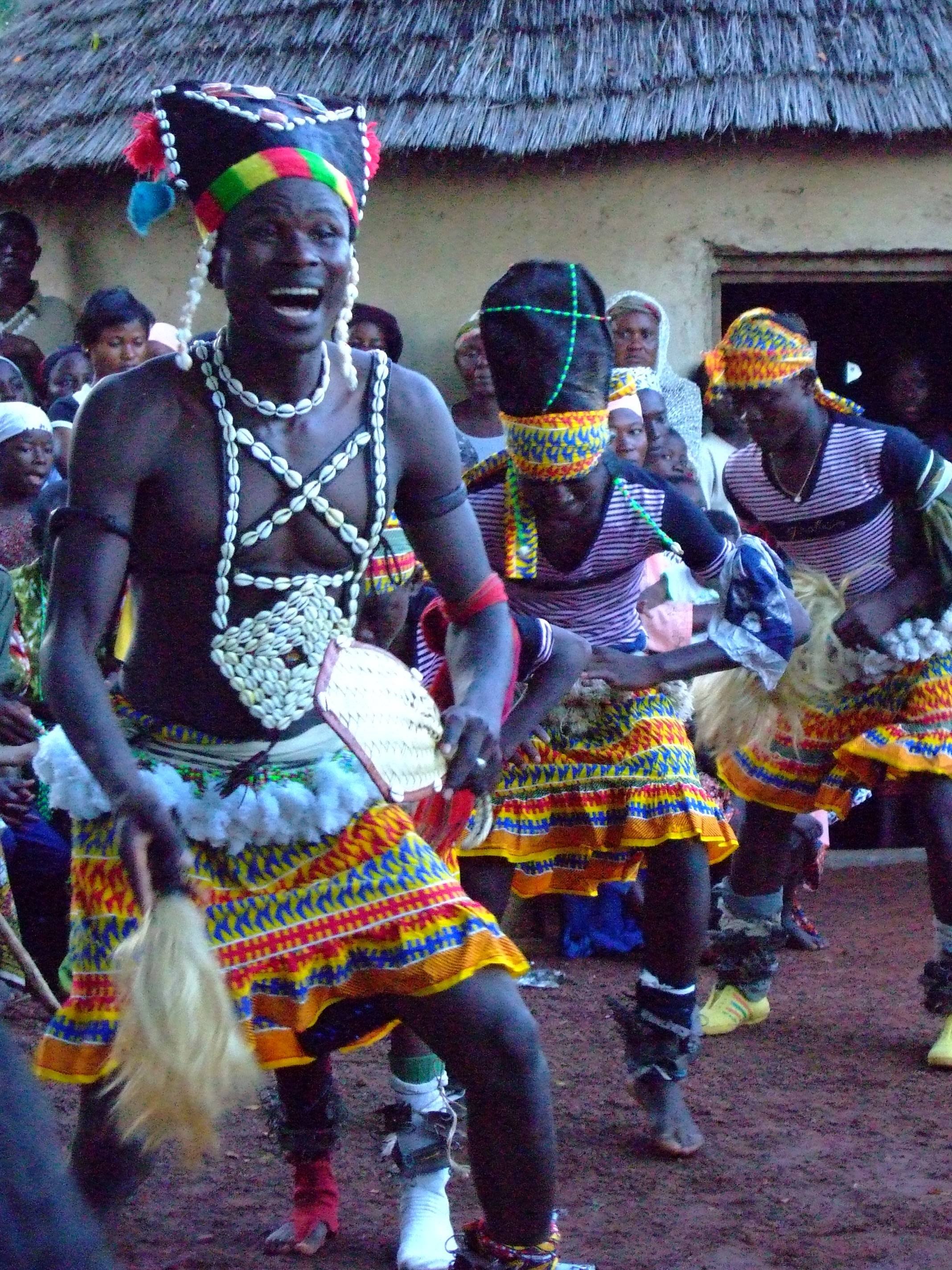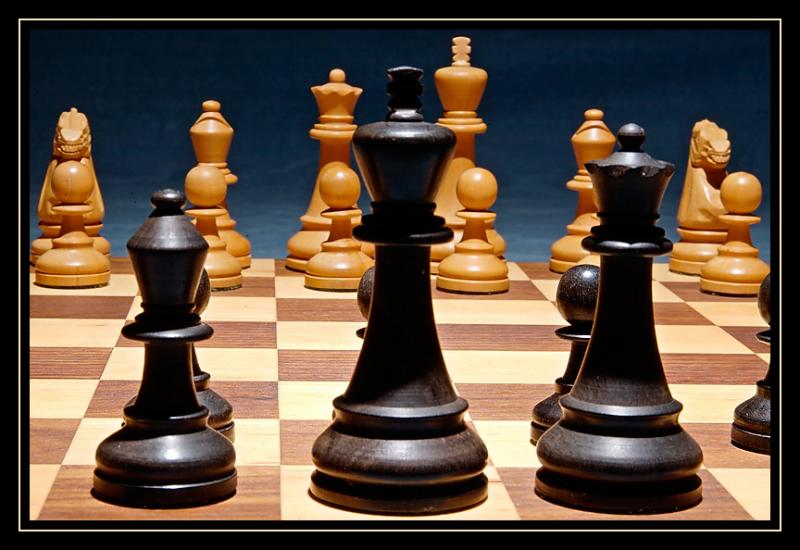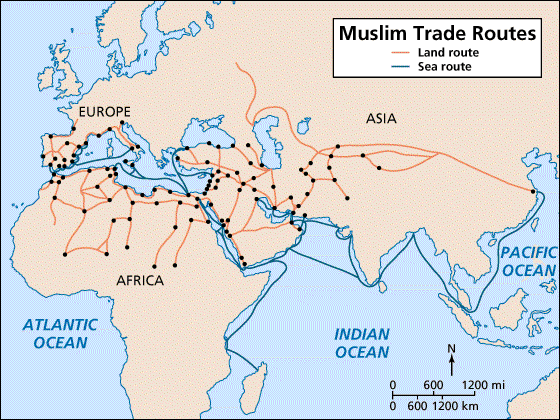Five Achievements Medicine Muslims learned a lot about medicine
from the Greeks, Mesopotamians, and the Egyptians. They made some major
contributions to medicine. For example, Muslims created the first
hospital. Medicine saved people's lives and still does. Without
medicine many people would be very ill. Polo
Muslims learned about the sport Polo from the Persians. Back than, it
was a status symbol that grew popular among the wealthy. Muslims
adapted to this game and made some changes. Although polo is not as
popular as it used to be, many people still play polo all over the
world. Chess Chess was invented in India, and brought to the Muslims by Persia. Muslims and others enjoyed the challenge of this board game, and continue to enjoy it today. This game was and still is very popular. Geometric and Floral Design
Decorative art earned the Muslims much fame. Muslims rejected using
live things in their art and instead used geometry and nature. People
today continue to make designs like this. Geometric and floral designs
can be spotted in various places today. We see them on clothes,
furniture, wall papers, carpets, and many other things.
Bookmaking and Literature
Paper making was originated in China, and soon led to creating bound
books. Bookmaking encouraged the growth of literature. Literature was
extremely enriched by Islamic Mysticism. If we did not have books and
knowledge of literature in our lives, I don't know how I would be doing
this project. Literature and books are a major part of our lives today
and they are both used almost everywhere in the world.
    |
     West African Music and Visual Arts Call and Response
Call and Reponse is a common type of music in West Africa. This style
of music is done when a leader plays or sings a phrase (the call). Than
a group responds by playing or singing a short phrase (the response).
The leader and chorus repeat this pattern over and over as they perform
the song.
Dance Dance in West Africa is important. There are many traditional West African dances that are still performed today and around the world. West Africans perform dances for many kinds of occasions. Dance moves sometimes reflect the conditions people live in. Some dancers wear elaborate masks that represent the spirits of West African religion. Sculptures
West Africans used religious sculptures to call upon the spirits to help
them in life and to honor their leaders. A wealth of West African
sculpture has been discovered in Nigeria. The oldest examples come from
the Nok culture. There are many different styles of sculpture like the
terra-cotta. By the 16th century, Benin Artists were making elaborate
plaques that showed the king's power and authority. Everyday Objects West African visual arts also have designs and decorations of everyday objects. Professional artists can turn any ordinary object into something extraordinary and beautiful. Baskets are made by the coil method in many parts of West Africa. Trade Routes Muslim
trade routes were established in many different places. There are trade
routes from Africa to Europe. There are also many trade routes from
Africa to all over Asia. Many of these trade routes went through seas
likes the Indian Ocean, the Mediterranean Sea, the Arabian Sea, and the
Persian Gulf.  |
|
The Flourishing Islamic Civilization Even though the Muslim empire did not remain unified under one political unit, Islam continued to flourish. Muslim rulers built great cities where scholars and artists made many advances and improvements in many different fields. The Many Impacts of the Acceptance of Islam and the Arabic Language Literacy and knowledge of writing didn't spread until Islam was introduced to West Africa. Islams were encouraged to know Arabic. Soon the acceptance of Islam and the Arabic language helped promote learning, and soon became the main language of scholarship and science in the Muslim lands. A shared language and a passion for learning allowed scholars from many countries to share ideas and add on to these ideas. Muslim scholars began to build many learning centers as their love for learning grew. Oral Traditions The Africans used many techniques to pass down their history. One of them was through griots, which is a verbal artist of the Mande people. Another is folktales, or a story that is usually passed down orally and becomes a part of a community's tradition. An example of a folk tale is the story of Little Red Riding Hood. West African oral tradition includes includes proverbs, or popular sayings that are used for everyday life to express ideas and give advice. Soon after Islam spread to West Africa, written tradition was introduced and became more important. If it wasn't for the Muslims, West Africa probably wouldn't have these written traditions of their history. |
||